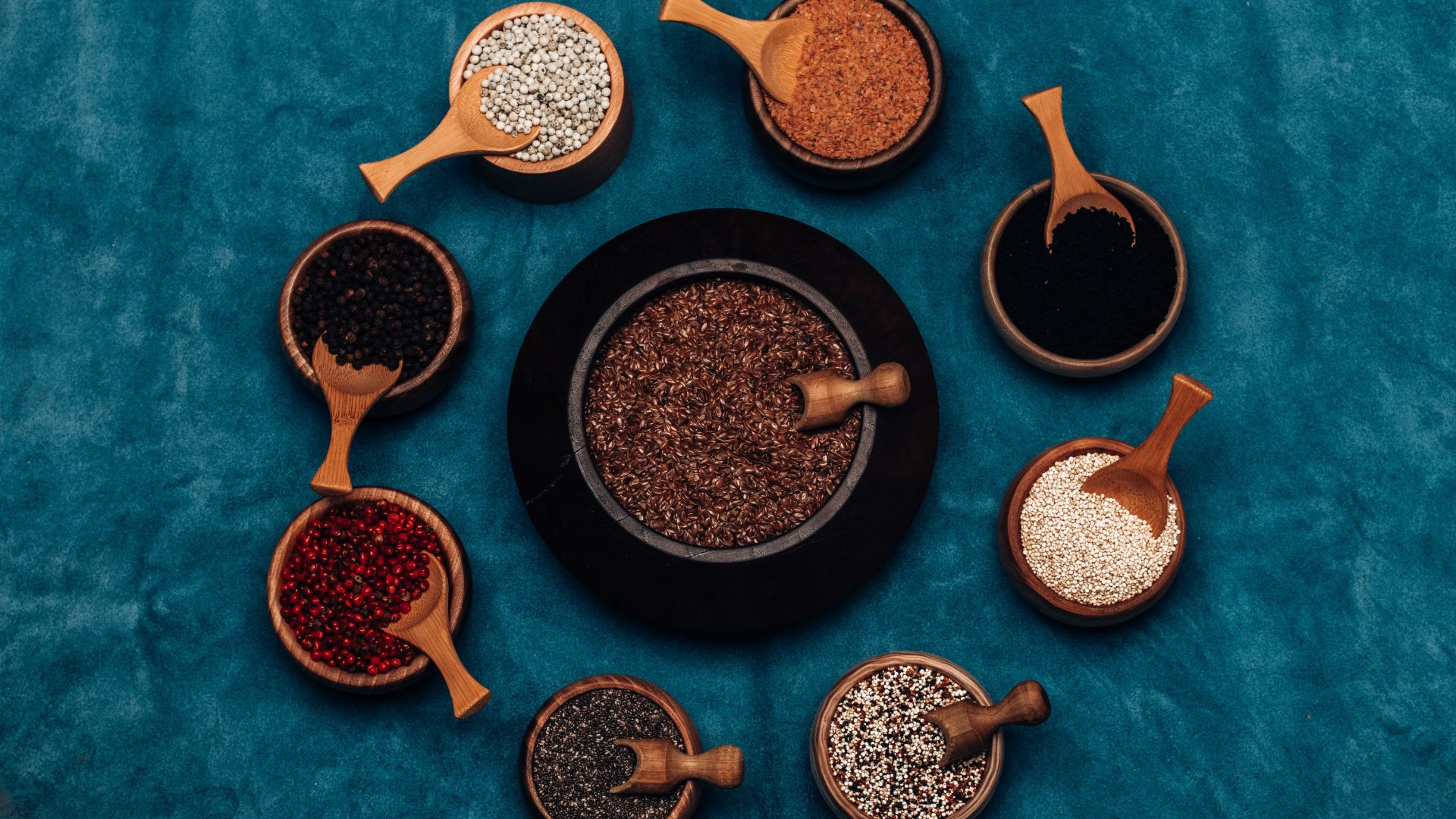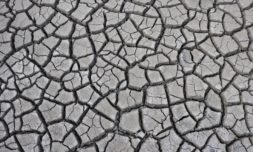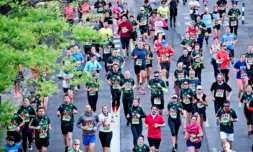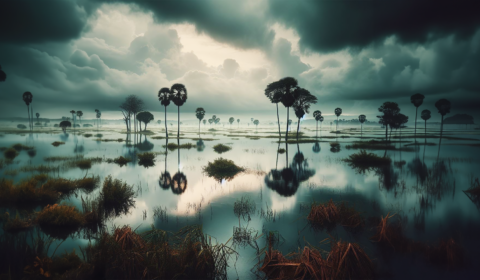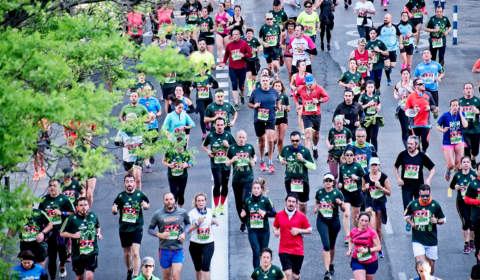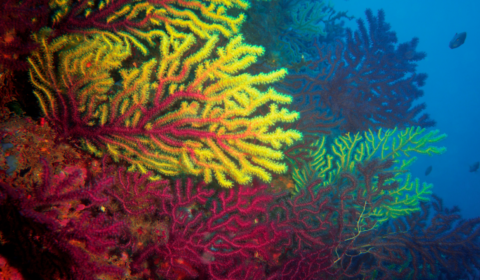Global food supplies have already been tightened due to the ongoing war, but the future of agriculture could also be at risk if Ukraine’s largest seed bank is destroyed by Russian attacks.
Farmlands in Ukraine are some of the most fertile on Earth.
The nation’s nutrient rich soil stores moisture for longer and produces high crop yields, making it cheaper and far more low maintenance than farmland in other parts of Europe or America.
Thanks to its southern coastal borders and deep sea ports which lead out into the Black Sea, Ukraine quickly became a global supplier of a diverse range of wheat, grain, barley, sunflower (seeds and oil), as well as other agricultural staples.
Since February, trade has come to a near halt due to the Russian invasion, which has left the ‘breadbasket of the world’ unable to cultivate and export its valuable crops. In regions solely reliant on grains from Ukraine, many are going hungry, particularly in sub-Saharan Africa where food scarcity is high.
Now, representatives from the United Nations are warning that Ukraine’s national seed bank is at risk of being destroyed as shelling rages on in the north-eastern region of Kharkiv. With no complete back-up inventory, around 150,000 unique seeds stored in the underground vaults could be lost forever.









